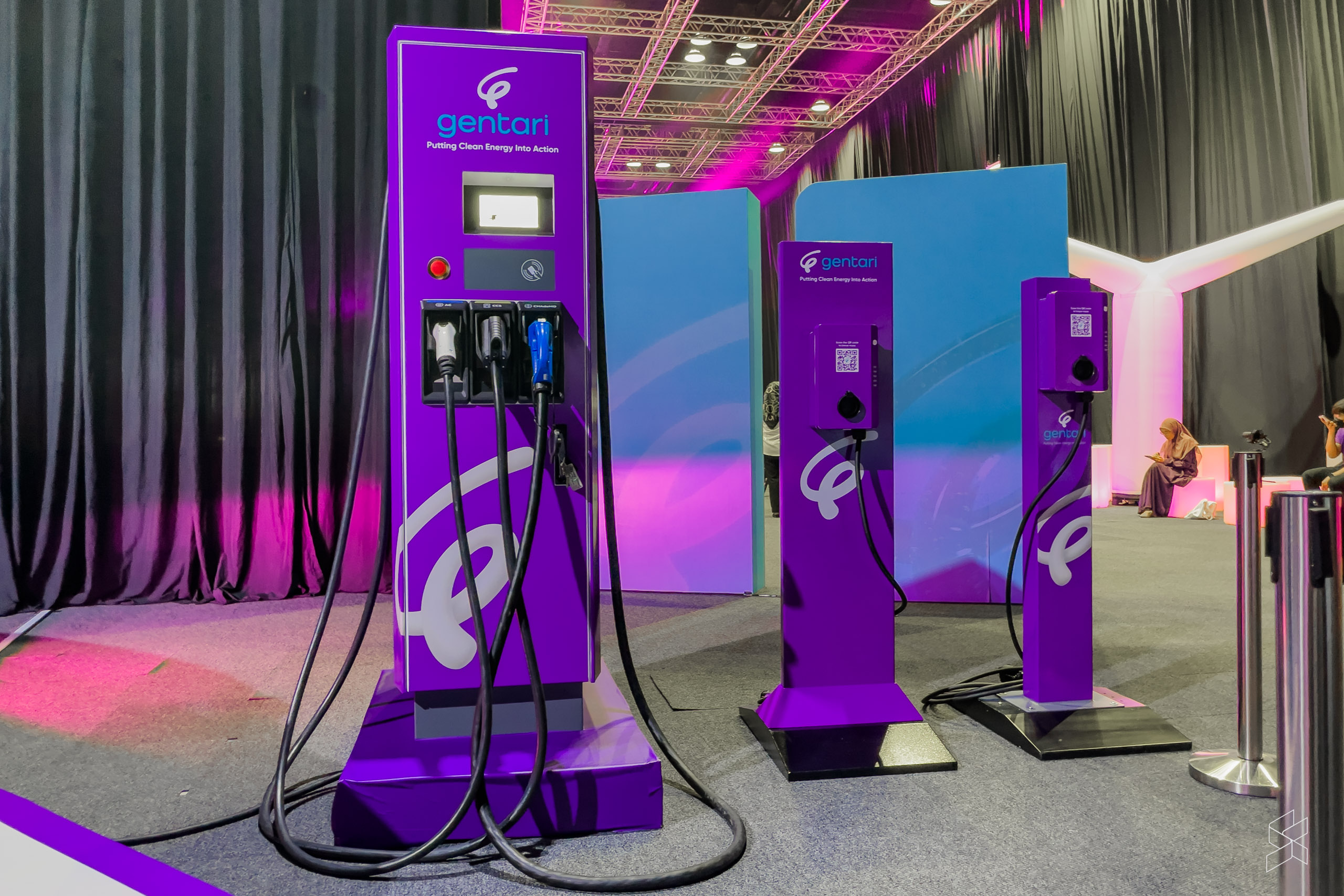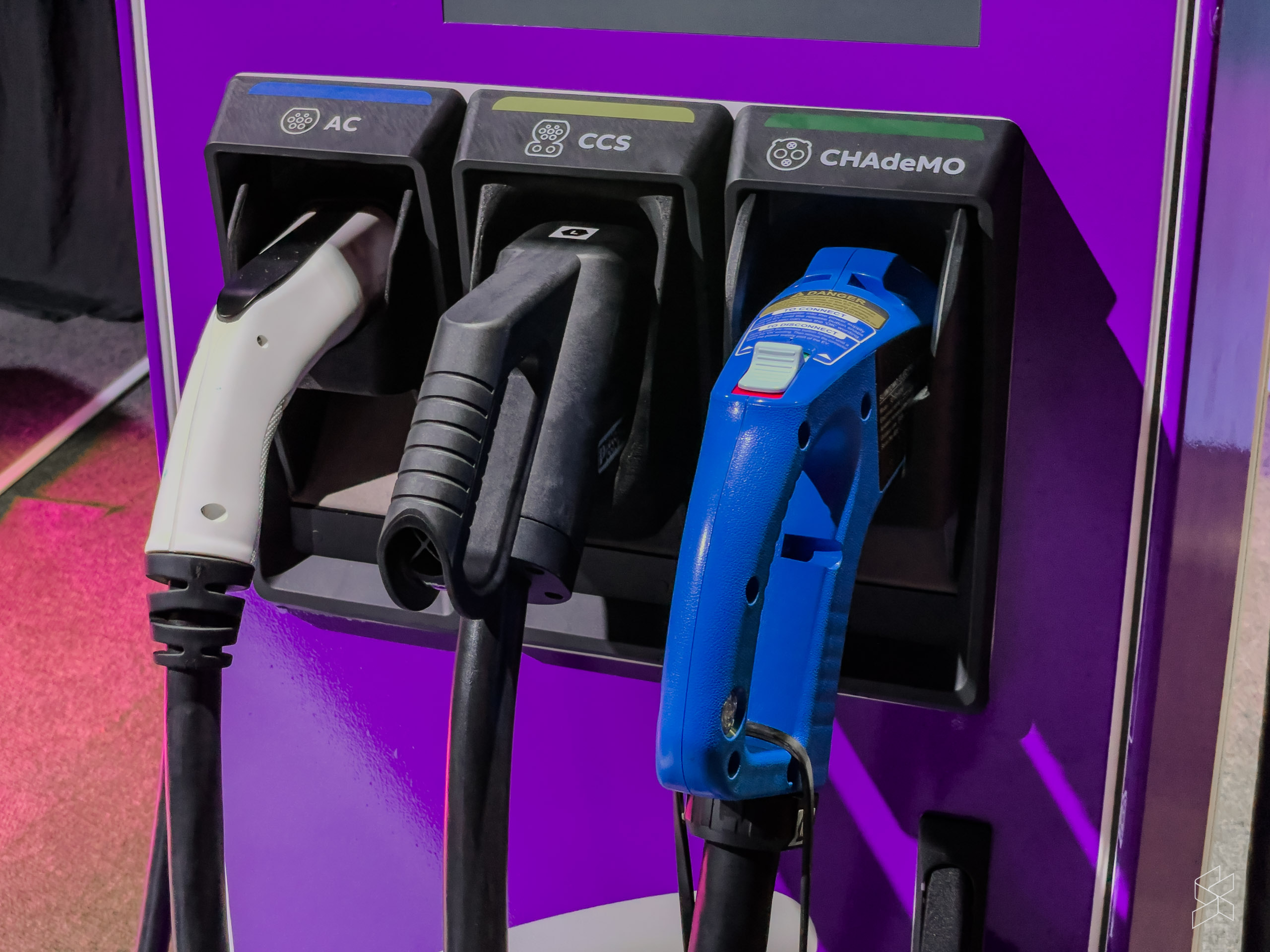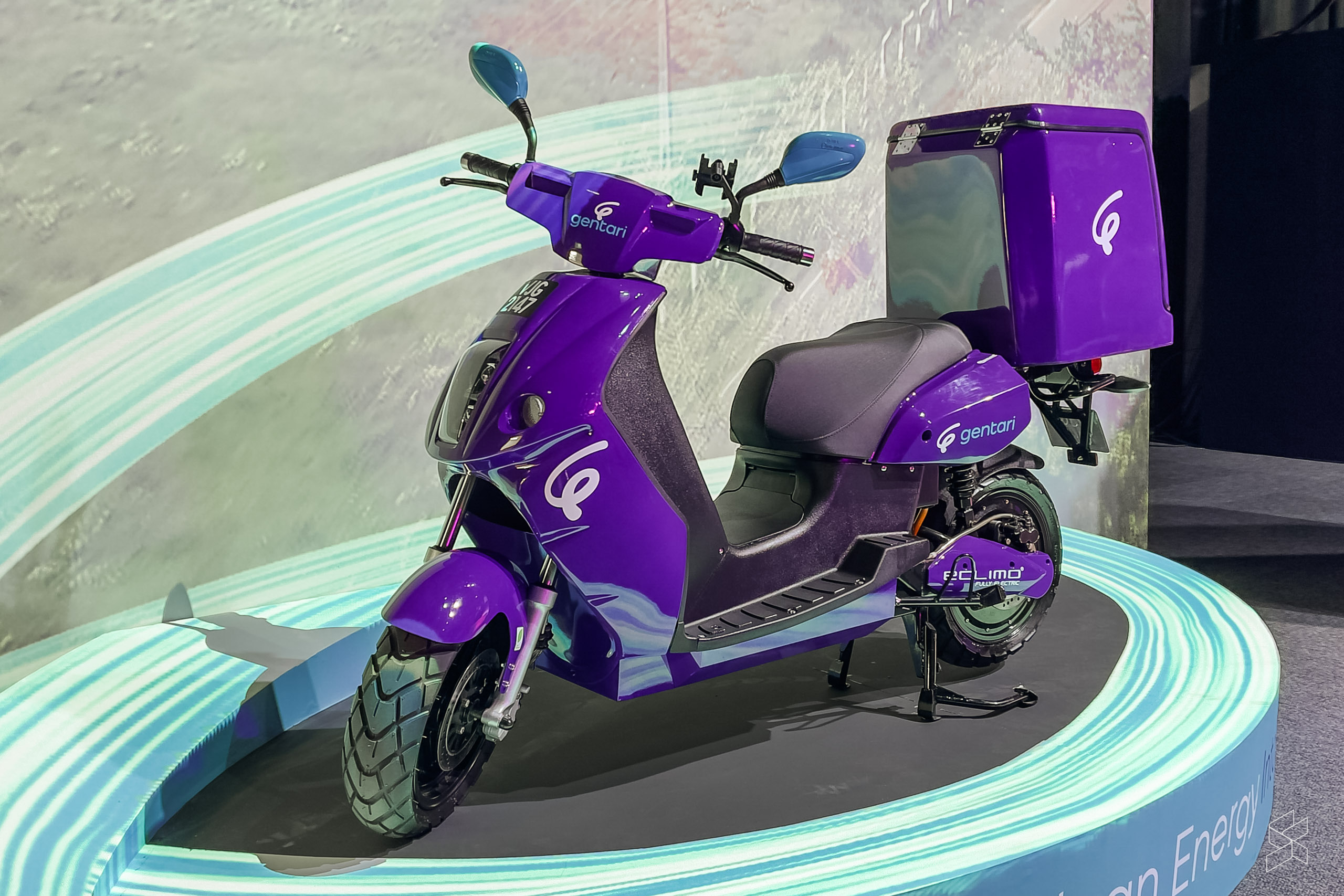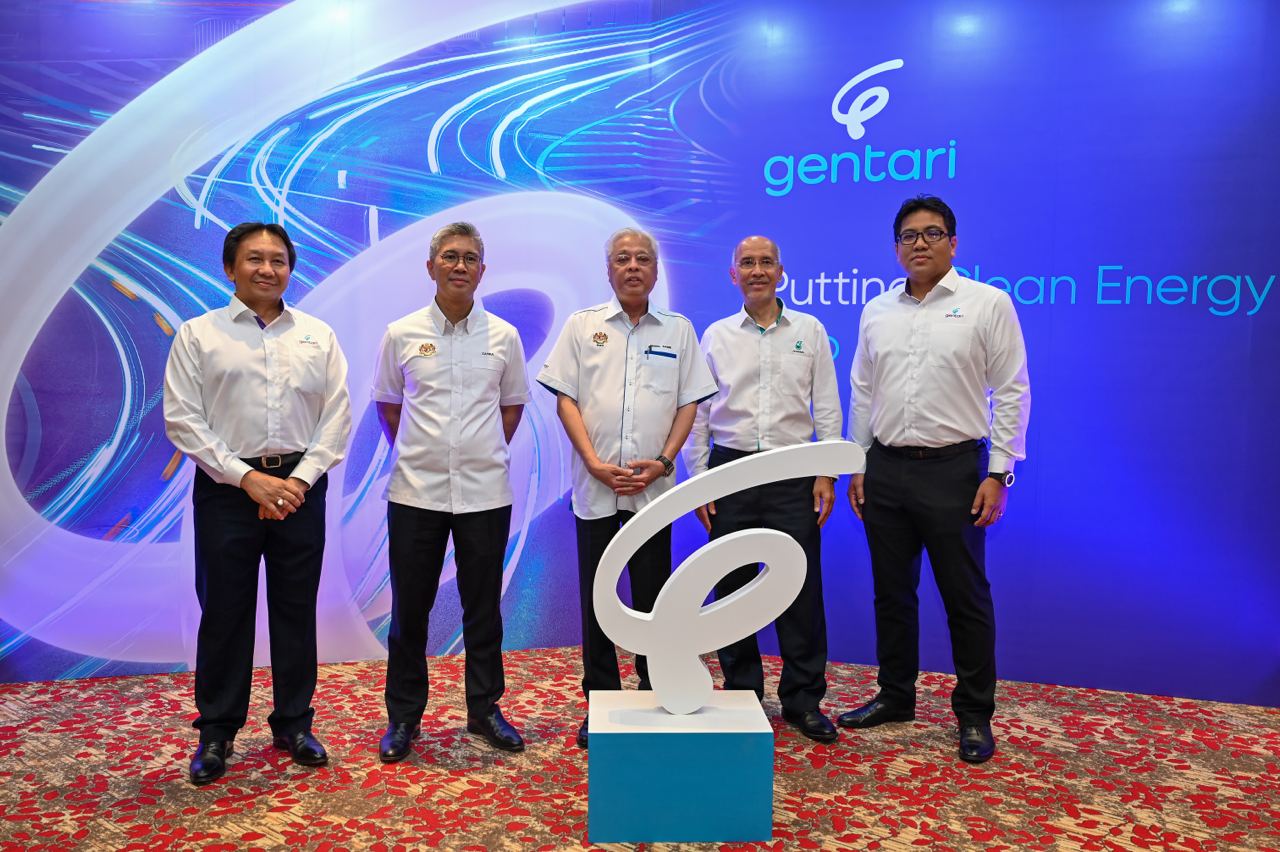Petronas has officially launched its green energy subsidiary, Gentari, formerly known as Petronas Gas & New Energy. The company, which was announced back in June, aims to be a one-stop integrated clean energy solutions provider, offering renewable energy, hydrogen power and green mobility services to commercial, industrial and retail customers.
Gentari wants to be an integral part of Malaysia’s plan for renewable energy sources to make up 31% of its total installed energy capacity by 2025 – a figure that rises up to 40% by 2035. The company says its suite of offerings will be spread across a mix of local, regional and international projects to meet customer demand and maximise opportunities.
Most pertinent to the end user is the plan to capture a 10% market share in the electric vehicle ecosystem. Gentari is expecting to offer 9,000 public charging points in Malaysia and India by 2026, as part of its goal to deliver 25,000 chargers across the Asia Pacific region by 2030. It has already installed more than 190 charging points in these two countries.


We’ve already detailed the company’s fledgling network of EV chargers, currently installed at 12 locations across Peninsular Malaysia – including three DC stations along the North-South Highway and one on the East Coast Expressway (ECE). Its recent addition of 60kW DC fast charger at Suria KLCC brings the number of charging bays at the mall to a whopping 27, which Prime Minister Datuk Seri Ismail Sabri Yaakob said makes it the biggest EV charging hub in Malaysia.
Aside from charging stations, Gentari is also offering two- and three-wheeled delivery vehicles under a vehicle-as-a-service (VaaS) scheme, with over 250 units deployed in Malaysia and India. In the latter, the vehicles were said to have racked up over 1,000,000 kilometres, eliminating an estimated 83.4 tonnes of carbon dioxide emissions.

The company has also signed a memorandum of understanding with the Petronas Refinery and Petrochemical Corporation to help the latter add a zero-emissions fleet supported with EV chargers – including the exploration of adding hydrogen fuel cell vehicles to the massive Pengerang Integrated Complex in Johor.
Mobility is just a small part of Gentari’s business. The company wants to be a major supplier of renewable energy, aiming to build a capacity of 30 to 40 gigawatts (GW) in key markets by 2030 – including solar, onshore and offshore wind and battery storage. Currently, Gentari has a capacity of 1.1 gigawatts peak (GWp) globally.
It’s also supporting Petronas’ decarbonisation efforts worldwide through the fitment of a 7.4-megawatt peak (MWp) rooftop solar panel installation – said to be the largest in Malaysia – and a 4MWp installation in Pengerang. The latter will also house a 40MWp solar installation on the ground that is currently underway, as is the deployment of rooftop solar panels at 60 Petronas fuel stations.

Additionally, Gentari intends to offer cost-competitive, low-carbon hydrogen fuel for domestic and export demand, aspiring to produce up to 1.2 million tonnes per annum (mtpa) by 2030, beginning with projects in Kerteh, Terengganu and Bintulu, Sarawak.
The company has signed 12 memoranda of understanding with international partners for the development of projects in Malaysia, India and the Middle East, as well as customers in East Asia. These cover areas such as hydrogen transportation, advocacy on hydrogen industry policy and regulations and studies on a low-carbon ammonia supply chain, amongst others.
Gentari says that while it is a wholly-owned subsidiary of Petronas and secure support from its parent company in the growth phase, it will nevertheless be managed independently and will seek its own financing to “accelerate its growth in order to both meet existing demands and explore emerging energy technologies.”








